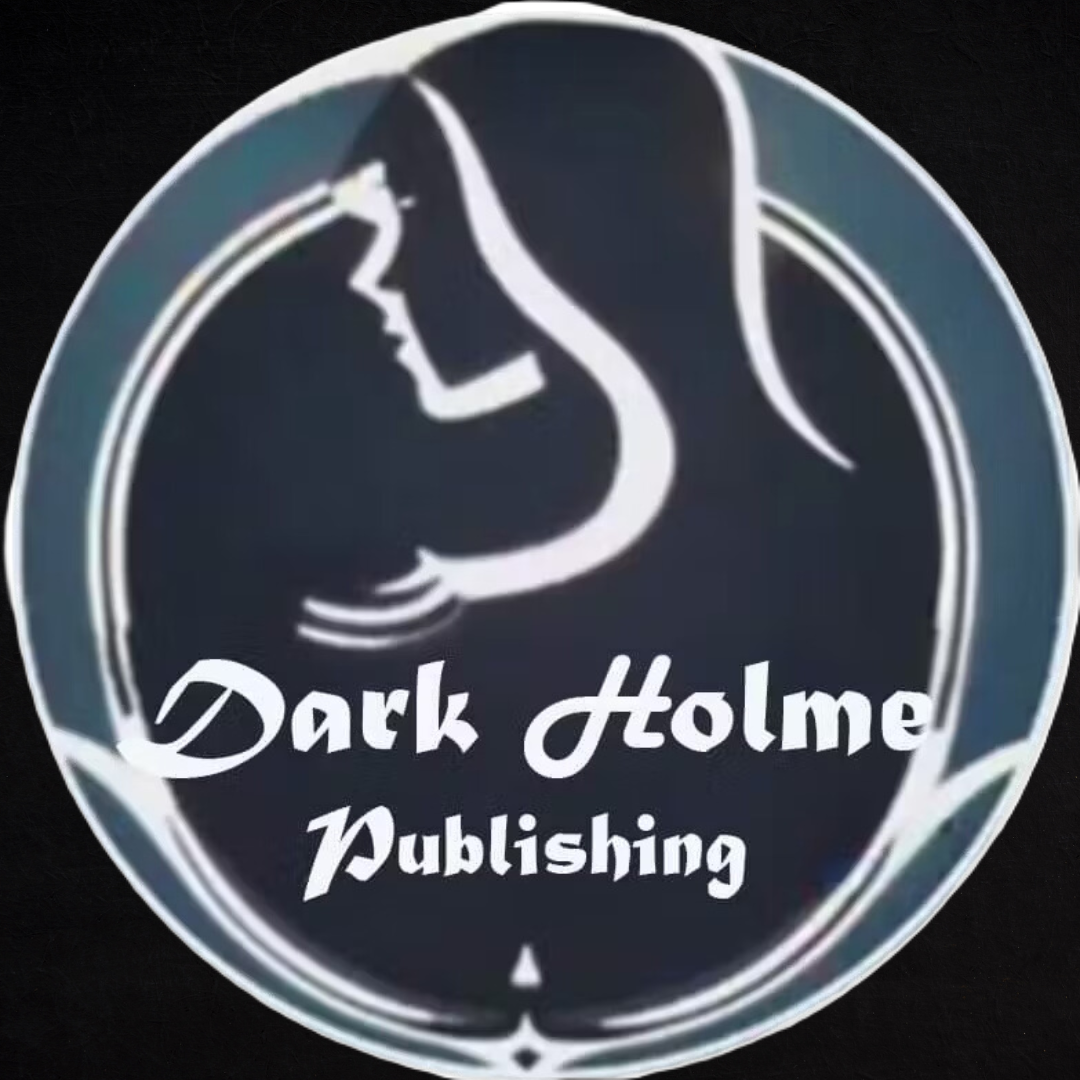In the late 1800s, Sarah Winchester, the widow of firearm magnate William Wirt Winchester, became a recluse after the tragic loss of her husband and their only child. Devastated by grief, she believed that the spirits of those killed by the Winchester rifle were seeking revenge against her family—haunted by the lives taken by the very guns manufactured under her husband's name.
Believing that she could appease these restless spirits, Sarah sought the guidance of a medium. After a séance, she was told that her only hope for salvation lay in the construction of a grand house that would provide a refuge for the souls. But there was a catch: the house must be continuously built. If she ever stopped, she would succumb to the spirits’ wrath.
So, Sarah moved to California and began constructing a sprawling mansion in 1884. However, what began as a tribute to the departed quickly spiraled into a chaotic architectural nightmare, with carpenters working day and night. Sarah designed the house herself, guided by her visions, which seemed to come from the spirits she sought to appease.
Each room in the sprawling estate was more bizarre than the last. Doors opened into walls, staircases led to nowhere, and windows looked out only at other walls. It was said that Sarah would sometimes wander the endless corridors at night, speaking to the shadows she believed were the spirits of the lost.
As the years passed, the construction never ceased. The mansion grew to an astonishing seven stories, filled with peculiar features like a room with seven fireplaces, and staircases that twisted and turned for no apparent reason. The house became a labyrinth, reflecting Sarah’s frantic need to protect herself from the vengeful spirits.
But one night, as she continued to build, the spirits were restless. Whispers filled the halls—a cacophony of anguished voices that only she could hear. Exhausted from the pressure of her obsession, Sarah fell into a dreamlike state, lost in a world between the living and the dead.
In her slumber, she walked the halls of the mansion, calling out gently, “Is this enough? Will you leave me in peace?” In answer, the whispers grew deafening, drowning out her voice. Heart pounding, she woke with a start, but as she did, she saw a figure standing at the foot of her bed. Pale and translucent, it raised a finger to its lips, as if demanding silence.
Terrified, Sarah cried out, and the specter vanished. But the haunting did not end there. In the following days, she began to see more spirits—some familiar, others strangers, all whispering their grievances. The house had become a sanctuary for the souls seeking justice, and it was now also a prison for Sarah.
With each passing week, the construction continued, now driven by an urgent need to appease the spirits that tormented her nights. The haunting escalated; disembodied voices echoed throughout the halls, furniture moved on its own, and strange occurrences became the norm.
One stormy night, as lightning illuminated the darkened rooms, the spirits finally revealed their true nature to Sarah. They appeared to her, each claiming their place as victims of the very weapon that once granted her family fortune. “You cannot escape,” they whispered in unison, “for our souls are intertwined with yours.”
Realizing the futility of her attempts, Sarah’s mind began to unravel. She isolated herself further, spending her days wandering the strange maze of the house that had become both her sanctuary and her tormentor. Days turned to years, and eventually, the relentless construction ended only with Sarah's death in 1922.
Today, the Winchester Mystery House stands as a testament to the battles fought between the living and the dead, the walls echoing with the memories of a haunted soul trying desperately to find peace. Visitors still report sightings of spirits roaming the halls, and the mansion remains one of the most haunted locations in America—a chilling reminder of Sarah Winchester’s penance and the ghosts that dwell within.

